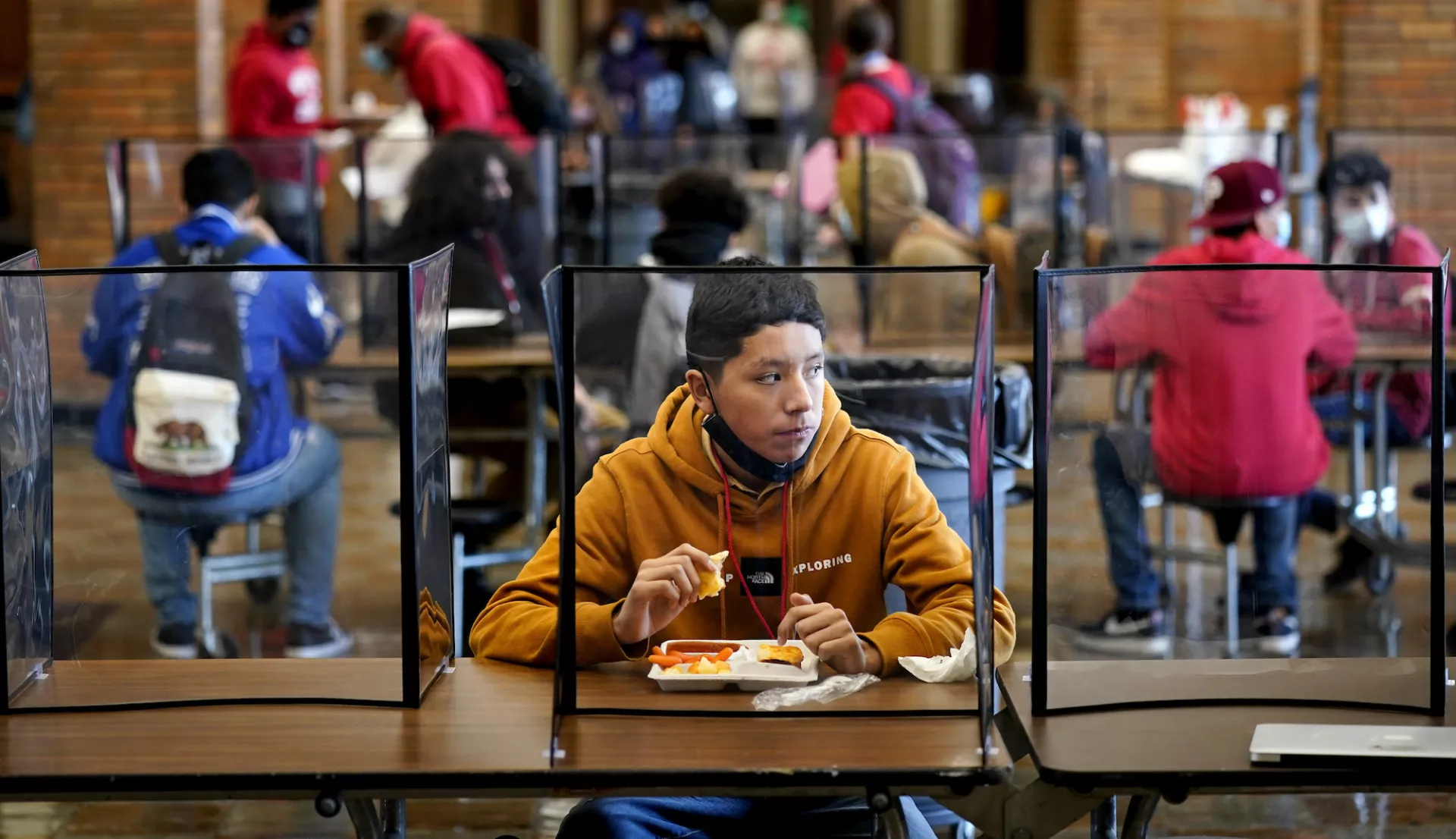Carbon dioxide (CO2) is a colorless, odorless gas that we exhale during the respiration process. Measuring CO2 in indoor spaces, like classrooms, can—when done properly—serve as a screening tool to determine when ventilation in that space needs further investigation and potential improvement. Measuring CO2 does not function as an absolute measure of safe or unsafe air quality or determine whether COVID-19 or other hazards, such as asbestos or carbon monoxide, are present. However, too much CO2 in the air can indicate ongoing problems with indoor air quality (IAQ) and ventilation.
The National Education Association (NEA) created this document to provide guidance on what to look for in CO2 monitors; explain how to effectively use them and interpret the results; and outline cautions when using results to make decisions about IAQ. It includes a checklist for selecting CO2 monitors and a table to track CO2 measurements. This guidance is part of a walkthrough toolkit that features hazard mapping, health surveys, and comprehensive checklists for building walkthroughs in educational settings related to mold, IAQ, building ventilation, and construction and renovation.
Join Our Movement


